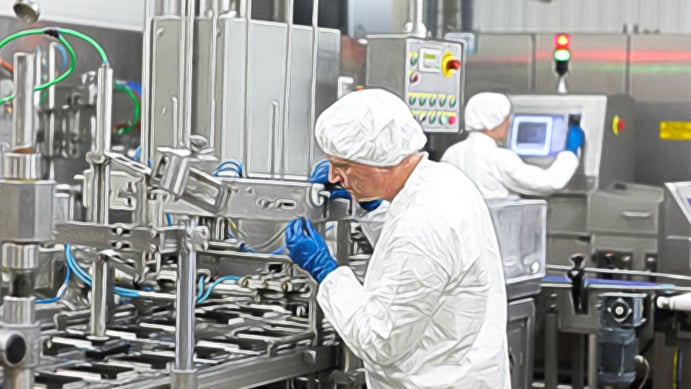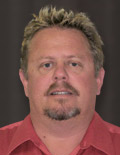This guest post is authored by Neal Vaoifi, industry business leader for the dairy division at MAVERICK Technologies.
The dairy processing industry has completely transformed since I began my career 20 years ago. We used to only care about two things: unloading raw product, and shipping final product out the door. But now, of course, things are much different. Everything that happens throughout the process has value.

For example, we used to dump our leftover whey and lactose in a field or use it as animal feed. Now, facilities are being constructed just to process these so-called byproducts. Whey protein concentrate (WPC) and milk protein concentrate (MPC) are more valuable than cheese and bottled milk. WPC − a high-quality, complete protein with all of the essential amino acids − dissolves instantly, making it an excellent product for protein drinks and baking. Similarly, MPC contains 40 to 90 percent milk protein and has a variety of uses.
Without WPC and MPC, the United States would have slipped behind in the world dairy race. They’ve become hot exports worldwide. Due in large part to the popularity of these powdered products, Japan’s dairy intake increased 29 percent last year. Likewise, dairy intake doubled last year in China, Saudi Arabia and Mexico. All of Central America now needs our dairy products. And we can meet the growing global demand by increasing production of WPC, MPC and other innovative dairy products. But in order to do so, we need more tightly controlled automation systems.
Automation is clearly the key to competitive advantage, and yet the U.S. dairy industry has been slow to embrace it. Now is the time to upgrade those old PLCs. Replace those drum timers and 10-position selector switches. Invest in technologies that will squeeze out one or two percent more final product. Today’s processors and management systems will save you big money in the long run.
 About the Author
About the Author
Neal Vaoifi became part of the MAVERICK team in 2009 when the company joined forces with Mission Controls, which he co-founded in 1997 before serving as its director and CEO. At MAVERICK, his key responsibilities include high-end engineering and design, regulatory compliance knowledge and dairy consulting. Neal began working with automation controls at the Naval Weapons Station in Seal Beach, Calif. Aside from a short teaching position, Neal has worked in engineering since 1984. He has particular expertise in process plant job estimation and in the management of new plant and process-plant upgrade projects. He is a member of the International Dairy Deli and Bakery Association (IDDBA), the California Creamery Operators Association (CCOA) and the International Dairy Foods Association (IDFA).



